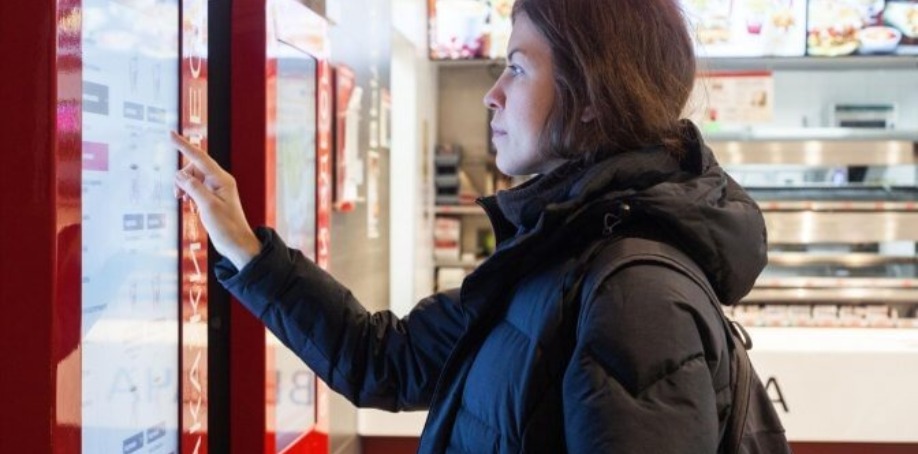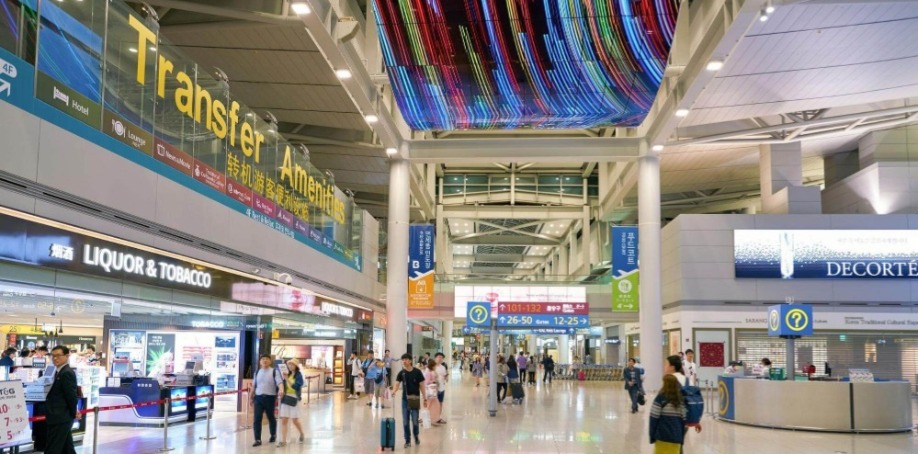
Whether it's adding daily specials to your digital menu board or creating interactive retail store displays, the choice of digital signage solutions is endless. More businesses across every industry are using digital signs for promotions, wayfinding and communication.
When you're helping customers choose a solution for their business, it's important to understand the many capabilities digital signage has to offer. Here's how to help your customer find a solution that suits their industry and long-term goals.
Understanding Digital Signage
Digital solutions are an excellent way to improve wayfinding, share information and boost sales. To use digital signage to its full advantage, however, businesses must fully understand its capabilities.
Acquiring the right hardware and software is also key to using digital signage correctly. The team at SignageLive explains that hardware can include equipment such as screens, media players, mounts and network components if it's an internet-enabled display.
Software is also necessary for digital signage solutions because it helps to properly display the content itself. Digital signage software is sometimes known as a content management system. A CMS can be used to create and access images, text and other content (like a digital price list) stored on a computer or device. Software can also be used to gather playback data and access content reporting.
After content is uploaded into the CMS, a digital signage or media player is needed. The media player is what connects your device's content to the final display, says Justin Guinn at Software Advice. Vendors often package media players with digital signage software tools, he adds. Helping customers understand the necessity of this tool, and of creating a package, can ensure they're well-equipped to use digital signage properly.
Upgrading from Traditional to Digital Signage
Upgrading from traditional to digital signage is an important step that can help businesses better compete today.
To do this correctly, however, it's key to identify a problem or challenge in the business which digital signage can improve. Take Greyhound Lines bus service, for example. Upon realizing that travelers want digital, on-demand information, the company upgraded its station signage to create a more seamless experience. “While public transportation terminals for buses have traditionally been behind in terms of technological advances, Greyhound Lines identified a need to innovate to remain competitive with the passenger experience of other forms of transportation,” explains Guy Campos in AV Magazine.
Greyhound's new signage uses live GPS information to show the location of incoming and outgoing busses, giving customers an updated schedule overview. This information is displayed alongside real-time updates of delays and changes.
Another example highlights how a parking garage uses digital signage to help guests find parking spaces. The displays point out real-time occupancy information so that it's easier to navigate the 700-space garage, according to an article in Digital Signage Today. Plus the information can be collected and used to make better parking management and planning decisions.
After considering the problems that digital signage can help solve, businesses should create a plan for future growth and development. Digital signage tools will continue to advance as the world becomes more digitized.
Alex Rodriguez, the owner of tech company Azulle, explains how an initial digital signage installation can evolve to more advanced displays. “Consider touchscreens to produce a dynamic and interactive experience with your products; an e-commerce hub so customers can purchase out-of-stock items; or even just a video wall so your brand's content and identity becomes larger than life.”
Having a long-term plan for what you want to offer both currently and in the future is essential for using digital signage to its fullest potential.

Maximizing the Potential of Digital Display
Adopting a digital display system also provides more opportunities to target customers based on their interests and behavior. As Brendan O'Reilly writes in Business 2 Community, digital signage is reactive, meaning it can be changed in response to current events and regional contexts. He uses the example of a restaurant that's open throughout the day.
Using a digital menu board, the business might promote its best-selling caffeinated drinks during the morning. In the late afternoon and evening, the establishment can then change the signage to display soft drinks, cocktails and other offerings that sell well during that period.
In addition to targeting customers through relevant signage, businesses can use this tool to create memorable, interactive experiences. Immersing the user in a screen's content creates a dialogue that inspires the customer to take action, explains Simone Hjorth at wireless screen sharing device provider Airtame.
“Through interactive displays with touchscreen technology, the audience can search for a specific product or service, look up features or design their customer journey that could unlock rewards, games or extra information,” she writes.
This makes a customer's experience entertaining, rather than a forgettable promotion. Social media also plays a role in the interactive nature of touch screens, and can be incorporated into conversations around a brand or its products and services.

Choosing Signage For Your Industry
When helping customers choose a digital signage solution, their industry can help lead the way. Different industries will have varying specifications for how and when to communicate information to customers.
In the food service industry, for example, digital menu boards are an increasingly popular trend. One benefit of menu boards is that they allow restaurants to change their offerings instantly. This allows more variety for day-to-day changes and ensures that customers have an updated view of what's available.
Restaurant consultant Eddie Estevez, who is also executive chef and chief operating officer La Paella in West Palm Beach, says digital boards have greatly simplified menu changes. "Within minutes I was able to easily design my menu, add new items, changes prices, and insert my food images.”
Digital screens can also be used to display specials, promotions and prices in the retail industry. This is demonstrated by Circle K gas stations and convenience stores, which has upgraded to digital signs in order to improve the customer experience. Specifically, they want to cater to drivers of electric cars, who are likely to spend longer in stores as their cars charge.
Using digital signage to create a satisfying experience may encourage those customers to choose Circle K as their go-to charging location. By embracing digitalization and understanding its benefits, the company has the tools and data it needs to succeed in the future, says Circle K Sweden senior manager Niklas Lindholm.
In hospitality, digital signage might be used to enhance the guest experience and communicate important information. Consider the digital signage system on Trasmediterránea Cruises to better understand how this works. When the crew needs to share information with passengers during busy times or in crowded areas, digital signage allows this communication to be broadcast centrally or locally across ships.
These interactive displays show services and activities available onboard, as well as special promotions, videos, news and events for the day.
Similarly, retail stores, drug stores and pharmacies are using digital screens to drive sales in-store. The digital media group Futuramedia has to date rolled out over 10,000 PoS screens in 2,500 pharmacies across France. Signs are located both inside the pharmacies and in shop windows facing the street. With the intent of boosting branding, visibility and foot traffic, these signs have increased unique product sales by up to 80 percent.
Images by: Pavel Sytsko/©123RF.com, TEA/©123RF.com, viteethumb/©123RF.com


